Kate Dobson was a volunteer at the Hawaii Volcano Observatory (HVO) in 2001/02 and revisited the stunning Big Island in 2006. During her holidays Kate ventured out to the coastal section of the Pu’uO’o lava flow field and captured this spectacular image of a fresh lava breakout.
The Pu‘u ‘Ō‘ō vent is in the East Rift Zone of Kīlauea Volcano and began erupting on January 3, 1983, and has continued to do so for more than 31 years, with the majority of lava flows advancing to the south. The original eruptions during the early 1980s were typically short lived and characterised by the eruption of viscous and slow moving a’a’ lava flows. However, in 1986 the eruption shifted to Kupaianaha, 3 km to the northeast of the original eruption site, and the eruption style changed significantly. A quiet, but continuous eruption of pahoehoe lava followed, snaking its way down the pali (steep costal slopes) and coastal plains to eventually reach the ocean. This extensive succession of lava flows damaged areas of Kapa’ahu village and closed the coastal highway.
The breakout pictured in our Imaggeo on Mondays image (taken more recently, in 2006 but probably resulting from similar to the activity described above) “is approximately 60cm and is sourced from an inflating basaltic flow which I photographed from a few metres away” explains Kate, “ I was about 300m inland from the ocean entry, and about 4 miles (800m elevation drop) from the source vent at Pui’u O’o.” The entry of the lava into the ocean creates spectacular columns of steam which attract numerous tourists. Whilst the HVO and the Hawaii Volcanoes National Park staff try hard to restrict viewing of the spectacular natural display, curiosity often gets the best of people as Kate describes “ I had just stopped three poorly equipped tourists (trainers, no water, no sunscreen) from blundering onto the active area a little further upstream and was heading back towards the ocean when the break out happened”.
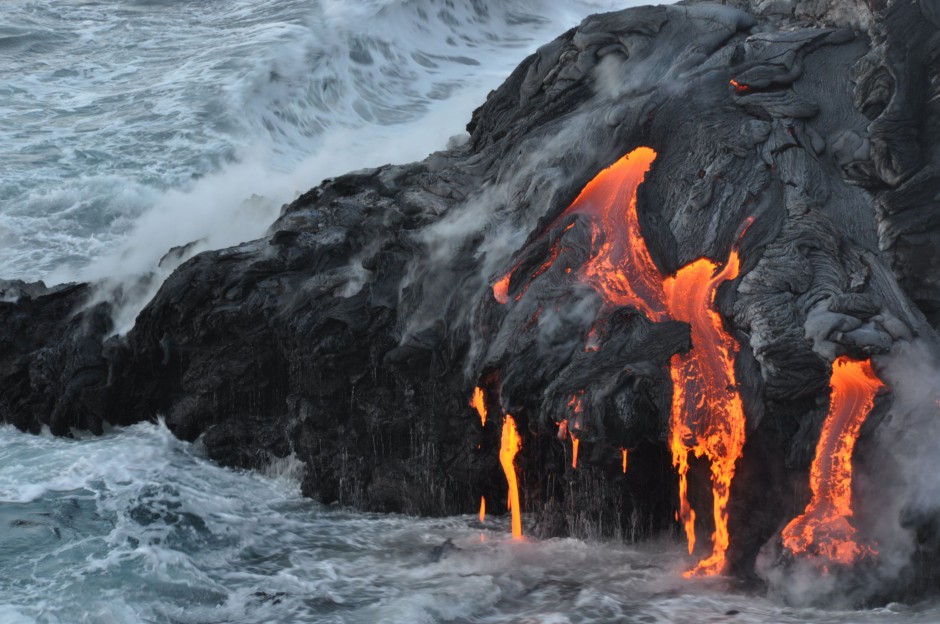
Lava flow entering the sea on SE coast of Hawaii. Hawaii, Hawai (Credit: HVO, U.S. Department of Interior, U.S. Geological Survey)
Since the onset of the volcanic activity at the Pu‘u ‘Ō‘ō vent the activity has waxed and waned and has presented an ongoing threat to the local communities on the Big Island of Hawaii. Towards the end of June of this year a new lava flow started to threaten the residential area of Kaohe Homesteads and Pāhoa town in Puna. Whilst not unprecedented, what is unusual about this particular lava flow is that rather than flowing towards the southeast, the lava flow is erupting towards the northeast. Given the current rate at which the flow is advancing, scientists of the HVO expect it to reach Pāhoa town by mid-November. In the 1930s, when a lava flow threatened the large town of Hilo on the eastern coast of the Island, the then director of the HVO, Thomas Jaggar, attempted to stop the threat posed by the lava flow by bombing it! The success of the enterprise was limited but Mauna Loa stopped erupting before any major damage was caused.

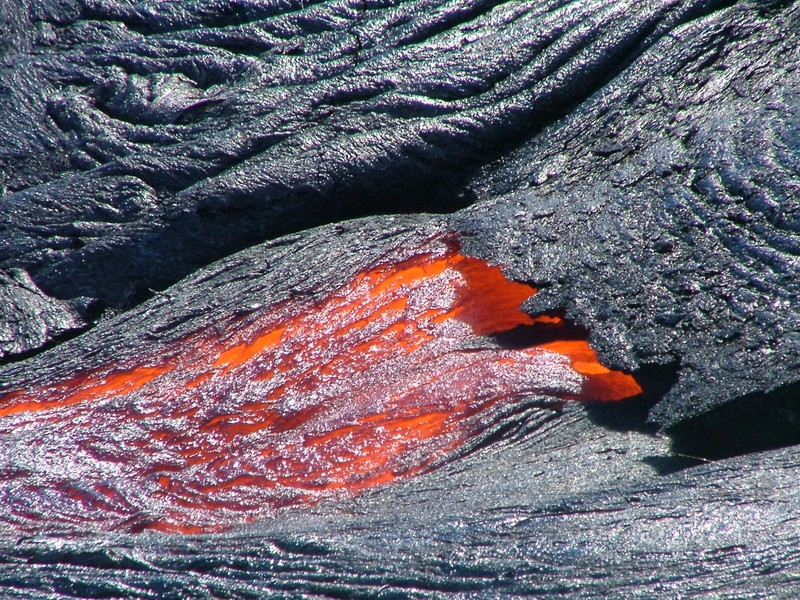
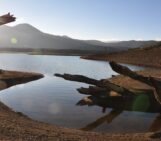
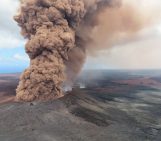
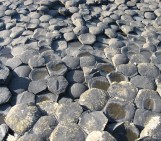
Amy
Would love to hear what you guys have to say about the Geothermal Plant on one of the planet’s most active volcanoes, not to mention it’s located in the middle of a community of people living really close-by. Magma looks for weak spots in the earth right? Also, can too much Geothermal exploration lead to the Earth cooling?
Laura Roberts-Artal
Amy, thank you for your questions! Perhaps some of the volcanologists in the EGU community might be able to shed some light on this?
Pingback: Imaggeo on Mondays: Fresh breakout in the lava fields | Palaeo@Leeds